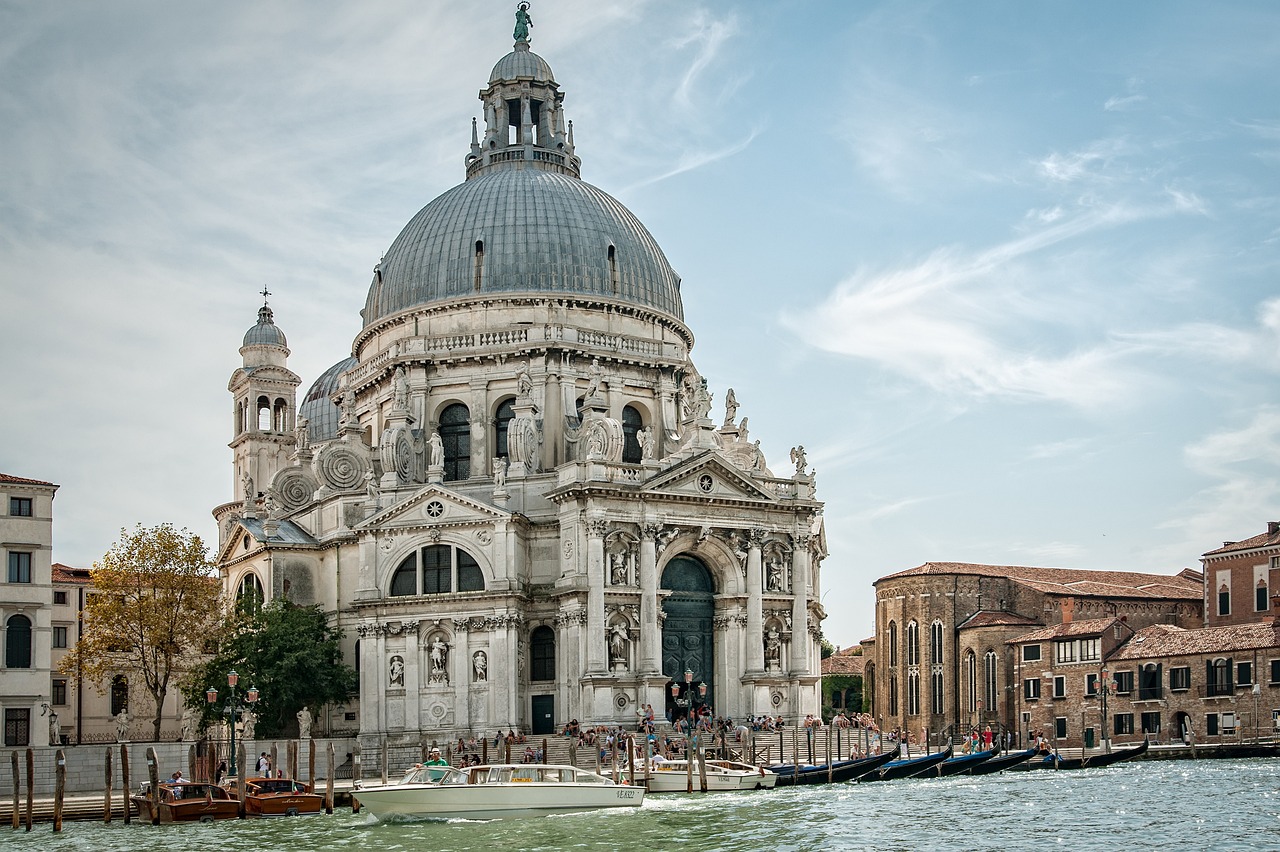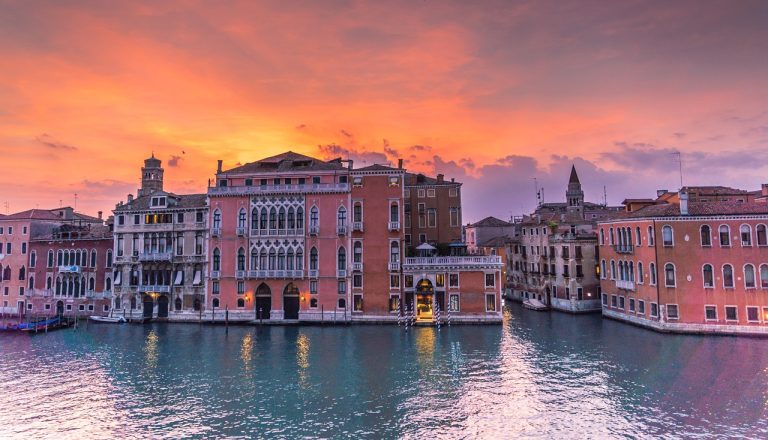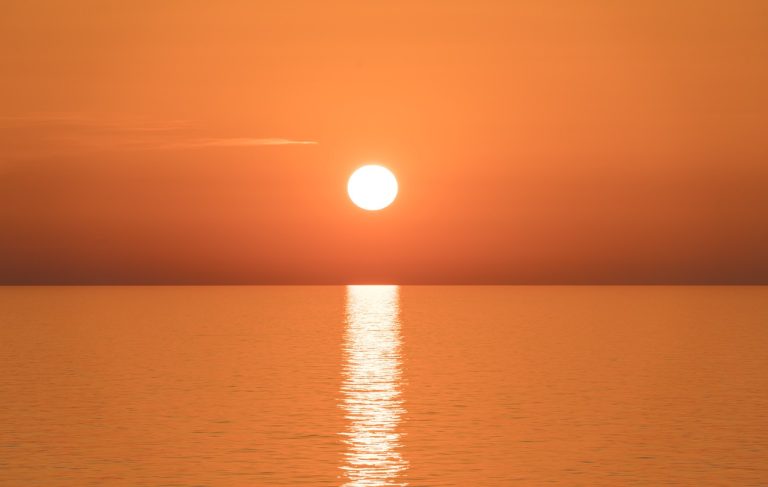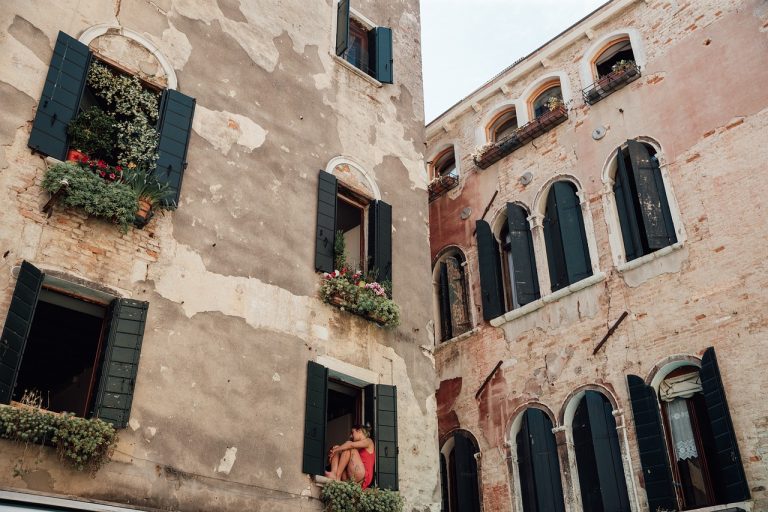Venice Italy Video
The Social and Cultural Impact of Venice Italy
Venice, Italy is a city known for its rich history, stunning architecture, and unique way of life. Located in northeastern Italy, Venice is built on a group of 118 small islands separated by canals and connected by bridges. The city’s intricate network of canals and its iconic gondolas make it one of the most romantic and picturesque cities in the world. However, Venice is not just a tourist destination; it has a deep social and cultural impact that has shaped its identity over the centuries.
The Historical Significance of Venice
- The Republic of Venice: Venice was once a powerful maritime republic that dominated trade in the Mediterranean during the Middle Ages and Renaissance. Its strategic location and strong navy allowed it to establish a vast trading empire, influencing the cultural and economic development of the region.
- Architectural Marvels: Venice is renowned for its unique architectural style, characterized by Byzantine, Gothic, and Renaissance influences. The city is home to numerous architectural marvels, including St. Mark’s Basilica, the Doge’s Palace, and the Rialto Bridge, which showcase the wealth and power of the Venetian Republic.
- Artistic Heritage: Venice has been a hub of artistic creativity for centuries. The city has produced renowned artists such as Titian, Tintoretto, and Canaletto, whose works can be found in museums and churches throughout Venice. The Venetian School of painting, known for its vivid colors and emphasis on light, has had a lasting impact on the art world.
- The Carnival of Venice: The Carnival of Venice is a centuries-old tradition that attracts visitors from around the world. During this festival, people dress in elaborate costumes and masks, creating a vibrant and festive atmosphere. The Carnival has become a symbol of Venetian culture and is a major social event in the city.
- The Venetian Cuisine: Venetian cuisine is a unique blend of flavors influenced by its maritime history and proximity to the Adriatic Sea. Traditional dishes such as Sarde in Saor (marinated sardines), Risotto al nero di seppia (squid ink risotto), and Fegato alla Veneziana (liver with onions) reflect the city’s culinary heritage.
The Impact on Tourism
- World Heritage Site: Venice is a UNESCO World Heritage Site, attracting millions of tourists each year. The city’s architectural wonders, artistic treasures, and romantic ambiance make it a popular destination for travelers from all over the world.
- Economic Boost: Tourism has had a significant impact on Venice’s economy. The city relies heavily on tourism-related industries, such as hotels, restaurants, and souvenir shops, which provide employment opportunities for its residents.
- Overtourism Challenges: The popularity of Venice has also brought challenges, including overtourism. The large influx of tourists can put a strain on the city’s infrastructure, contribute to environmental issues, and disrupt the daily lives of local residents.
- Preservation Efforts: To address the negative impacts of tourism, Venice has implemented measures to preserve its cultural heritage and protect the city’s delicate ecosystem. These efforts include regulating the number of tourists, promoting sustainable tourism practices, and raising awareness about the importance of responsible travel.
The Venetian Way of Life
- Canal Culture: Venice’s unique geography has shaped the daily lives of its residents. The absence of cars and roads has made the city a pedestrian-friendly environment, where transportation is mainly done by boats and walking. The canals serve as streets, and gondolas and vaporettos (water buses) are the primary means of public transportation.
- Community Spirit: Despite the challenges posed by tourism, Venice has a strong sense of community. Local residents, known as Venetians, take pride in their city and work together to preserve its cultural heritage. Festivals, neighborhood gatherings, and traditional events contribute to a vibrant community spirit.
- Traditional Crafts: Venice is known for its traditional crafts, such as glassblowing on the island of Murano and lace-making on the island of Burano. These crafts have been passed down through generations and continue to be an integral part of Venetian culture.
- Local Festivities: Throughout the year, Venice hosts various festivals and events that celebrate its cultural traditions. The Regata Storica, a historical boat race on the Grand Canal, and the Feast of the Redeemer, which includes a spectacular fireworks display, are just a few examples of the city’s vibrant calendar of festivities.
Environmental Challenges
- Rising Sea Levels: Venice is particularly vulnerable to rising sea levels due to its low-lying geography. The city has experienced increased flooding in recent years, known as acqua alta, which poses a threat to its architectural treasures and daily life.
- Environmental Conservation: Efforts are underway to protect Venice from the effects of climate change and preserve its unique ecosystem. Projects such as the MOSE system, which aims to create movable barriers to prevent flooding, and initiatives to reduce pollution in the lagoon demonstrate the city’s commitment to environmental conservation.
- Balance between Tourism and Conservation: Venice faces the challenge of finding a balance between preserving its cultural heritage and managing the impact of tourism on the environment. Sustainable tourism practices and responsible visitor behavior play a crucial role in ensuring the long-term sustainability of the city.
In conclusion, Venice Italy’s social and cultural impact is evident in its rich history, architectural wonders, artistic heritage, and unique way of life. The city’s historical significance, impact on tourism, Venetian way of life, and environmental challenges all contribute to its complex and fascinating identity. Venice continues to captivate visitors with its charm and allure, while striving to protect its cultural heritage and address the social and environmental issues it faces.
References
- UNESCO – Venice and its Lagoon: Venice and its Lagoon. Retrieved from unesco.org
- Lonely Planet – Venice: Lonely Planet. Retrieved from lonelyplanet.com
- Venice Tourism: venice-tourism.com
- City of Venice Official Website: comune.venezia.it
- National Geographic – Venice: nationalgeographic.com
Venice Italy Image 1: 
Venice Italy Image 2: 
Venice Italy Image 3: 







